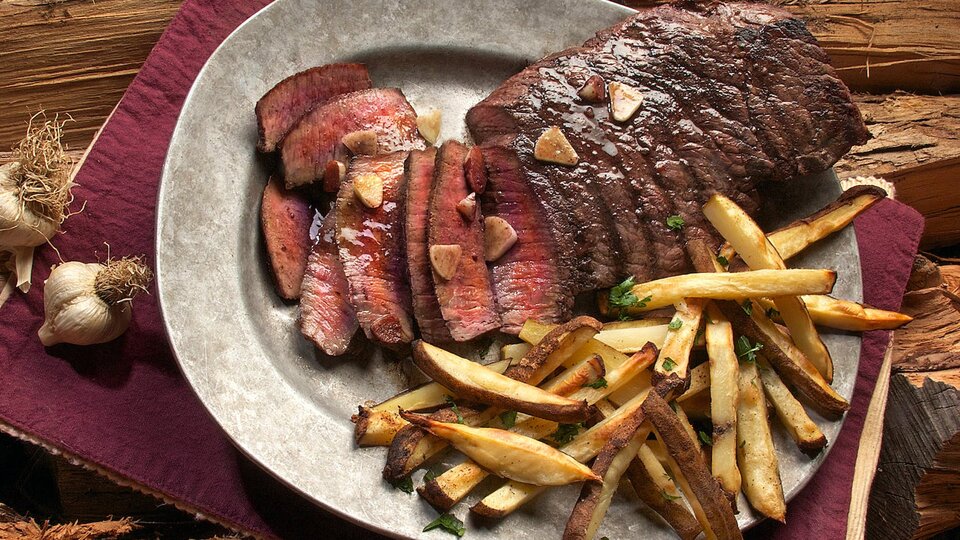Products You May Like
What’s the first thing you do after a workout? If your first thought is a protein shake, you’re reading the right article. It’s a decades-old practice to have protein immediately after a workout while still inside the “anabolic window”. The 60-90 minutes after exercise is believed to be the golden opportunity to have protein. However, what if there’s more to the anabolic window than just 60 minutes?
Protein Timing
Protein does not disappear after a workout. The body burns through its glycogen stores during activity. It does not start depleting muscle tissue until after the glycogen stores are entirely empty. Protein remains in the body to repair the torn muscle tissue. Exercise increases the utilization of protein for recovery, also known as muscle protein synthesis (MPS). One study on the anabolic window suggested that MPS does not dip outside of the anabolic window. It actually revealed that there is a 12 hour period of recovery (1).
The priority of recovery is maintaining muscle protein synthesis during the 12-hour window. The same study proved their 12-hour window theory by having controlled groups ingest 20 grams of whey protein every 3 hours. They proved that MPS actually elevated over time and peaked at the 4-hour mark (1). The body can maintain quality muscle protein synthesis if protein is consistently ingested.
Larger intakes of protein can stimulate MPS. However, the excess protein can cause amino acid oxidation (1). Therefore, the excess protein beyond 20 grams would not be ingested as quickly. A solution is to line up a workout with one of the protein feeding times. This can guarantee that protein will do its job during and after a workout if digested optimally.
Protein Around the Clock
Protein works around the clock… by the clock; I mean the circadian clock. This is possible through a concept known as the muscle clock, or the controlled metabolism of amino acids in the circadian clock. For some people, it can even matter what time of day they ingest protein.
One study compared active people who ate most of their protein in the morning against those who ate most of theirs at dinner. People who ate a high-protein breakfast obtained a higher skeletal muscle index and grip strength than those who ate a high-protein dinner. It should be noted that the dietary protein quantity was not different between the two groups (2).
Post-Workout Protocols
The body shifts into a sympathetic state during activity. This elevates the heart rate, creates microtears in the muscle fibers, and lowers glycogen stores. The appropriate assumption is to restore these with protein and carbohydrates. However, there should not be any rush to it.
While in a catabolic state, the body may not properly absorb the nutrients. It needs time to shift into a parasympathetic state in order to open the anabolic window. The parasympathetic nervous system is activated through lowering the heart rate. Once the heart rate is lowered, the body is prepared to thoroughly digest food.
Carbohydrates impact heart rate more than protein. Those foods can lead to the transition towards a parasympathetic heart rate. After a workout, carbohydrates could be ingested before (and perhaps alongside) protein. This was proven through a study on high-fructose and sucrose-sweetened soft drinks. While it can spike glucose levels, it can also lower the heart rate and activate the parasympathetic nervous system (3). Before reaching for the protein, ingesting some fast carbs can assist in better absorption of protein.
Is It Myth?
There may not be a need to chug a protein shake at the gym or speed back home for that dose of protein. The anabolic window is not something that has to be urgently chased because it’s wider than we’ve thought. So use the time after a workout to switch into a rest & digest mode. Then, the body can be prepared to absorb more nutrients for recovery.
Works Cited:
